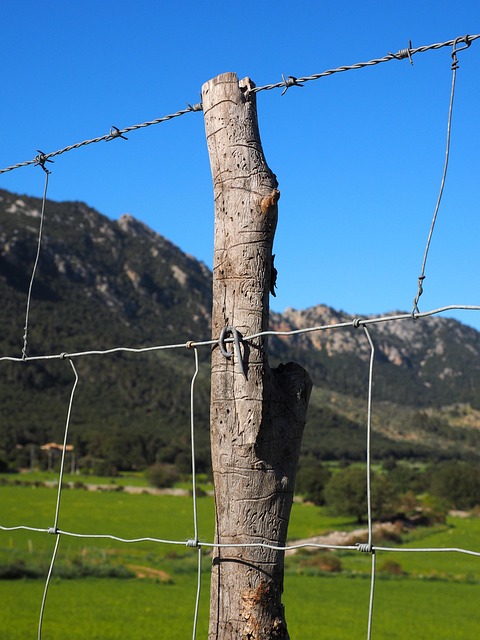Looking to enhance your New Bedford, Massachusetts property with a DIY fence installation? This guide offers essential tips for successful projects. From understanding property lines and permits to choosing durable materials suited for the local climate, you’ll master each step. Learn effective planning, measuring, and digging techniques for sturdy post holes. Discover expert methods for attaching fences to posts and final inspection checks, ensuring a secure and aesthetically pleasing barrier.
- Understanding Your Property Lines and Permits
- Choosing the Right Fence Material for New Bedford Climate
- Planning and Measuring Your Fence Installation
- Digging and Setting Post Holes Efficiently
- Attaching Fences to Posts and Final Inspection Tips
Understanding Your Property Lines and Permits
Before installing a fence, it’s crucial to understand your property lines and any necessary permits. In New Bedford, homeowners should start by reviewing their deed or contacting the local assessors’ office to accurately identify where their property ends and neighbors’ begins. This knowledge is essential for ensuring your fence construction complies with local laws and avoids potential disputes with neighbors.
Additionally, check with the city or town clerk’s office in New Bedford to learn about any permits required for fence installation. Permits may be needed to obtain necessary approvals and ensure the safety and structural integrity of your fence. Understanding these requirements upfront saves time, effort, and potential legal issues during or after your DIY fence project.
Choosing the Right Fence Material for New Bedford Climate
When considering DIY fence installation in New Bedford, Massachusetts, selecting the appropriate material is key to longevity and aesthetic appeal. Given the region’s diverse seasonal changes, from cold winters to humid summers, your fence should be able to withstand varying weather conditions. Opting for durable materials like vinyl or wood treated with preservatives is advisable. Vinyl fences are low-maintenance and resistant to rot, making them ideal for New Bedford’s climate. Alternatively, pressure-treated wood offers strength and durability against the local environmental factors while also being more affordable than other options. Both materials come in various styles, allowing you to choose a design that complements your home’s exterior.
Planning and Measuring Your Fence Installation
Before you start building your fence, planning and measuring are crucial steps. Begin by considering the purpose of the fence—is it for privacy, security, or aesthetic appeal? Next, determine the location where you want to install it, taking into account any local regulations or restrictions regarding fencing in New Bedford. Measure the area carefully to get accurate measurements for materials. Mark out the outline of your desired fence on the ground using string and stakes, ensuring it aligns with your property lines. This visual representation will help you picture the final result and make adjustments as needed.
Additionally, assess the terrain and any potential challenges like trees, shrubs, or existing structures that might affect the installation process. Plan for the type of fence best suited to your needs and the local climate, considering materials that can withstand New Bedford’s weather conditions. Prepare a detailed plan, including dimensions, post spacing, and gate placement, to guide your DIY installation and ensure a solid, lasting fence.
Digging and Setting Post Holes Efficiently
Digging post holes is a crucial step in DIY fence installation. New Bedford’s soil conditions vary, so test your ground before digging. Clay-rich soil may require wider and deeper holes for better support, while looser soils might need shallower trenches. Use a post-hole digger or shovel to create the holes, ensuring they’re straight and deep enough to accommodate at least one-third of the fence post’s height.
Before setting the posts, clean out any debris from the holes. Backfill with a mixture of gravel and soil, leaving a small gap for the concrete. Pouring concrete into the holes provides stability and prevents rot. Allow the concrete to set completely before continuing with the installation process.
Attaching Fences to Posts and Final Inspection Tips
When attaching fences to posts, ensure each post is securely embedded in the ground and level. Use a level to check the horizontal alignment and adjust as needed. Begin by inserting the fence panel into the posts, then secure it with brackets or nails. For added stability, consider using tension bands or cable ties at the top of the posts to keep the fence panels taut.
Before finalizing the installation, conduct a thorough inspection. Check for any loose connections, damaged materials, or instability in the fence structure. Ensure all hardware is securely fastened and that the entire fence line remains straight and level. A final walk-through will help catch minor issues early on, ensuring your DIY fence installation is both functional and aesthetically pleasing.
